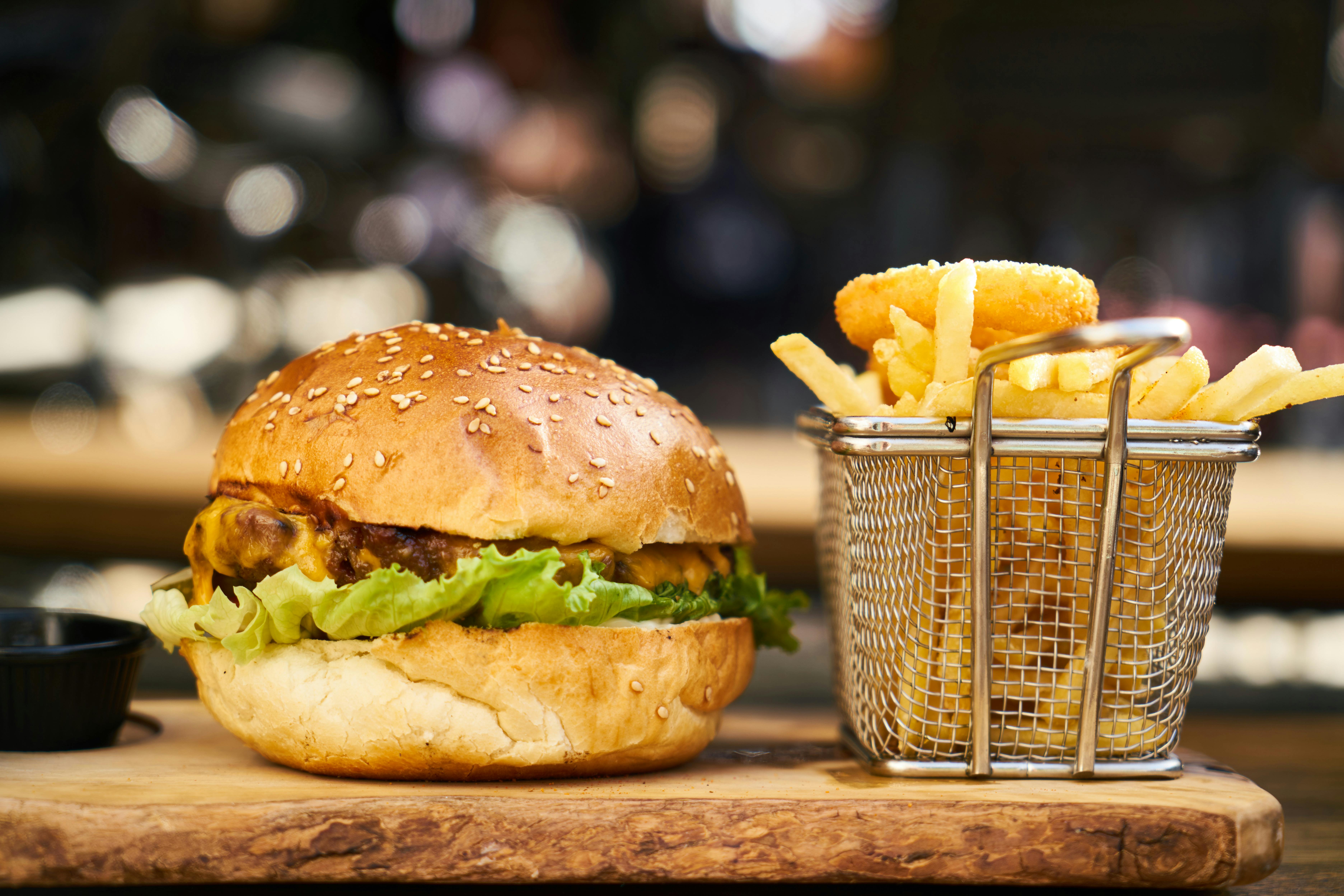Essential Guide to Raw Diet Risks for Pets in 2025

Essential Guide to Raw Diet Risks for Pets in 2025
The raw diet has been a trending topic in the world of pet nutrition for several years now. As more pet owners explore alternative feeding options for their dogs, the raw diet, which often consists of raw meats, bones, and fresh fruits and vegetables, has sparked significant consideration due to its purported health benefits. However, it's crucial to understand both its potential advantages and the inherent risks associated with a raw food diet for dogs. This guide aims to elucidate the various risks of raw feeding in 2025, helping pet owners make informed decisions. With the right knowledge, you can assess if a raw diet is appropriate for your furry friend.
Raw feeding advocates tout various benefits of raw feeding, claiming it can improve dog health and vigor. However, the spectrum of raw diet risks cannot be overlooked. Common concerns include food safety, the nutritional balance of meals, and the possible negative effects on dog behavior and gut health. Moreover, many misconceptions about raw diets still prevail, leading to potentially hazardous feeding practices.
This article will navigate through critical aspects of raw diets, dive into veterinary insights, present safety guidelines, and share the various complications that can arise. By the end of this guide, you will have a deeper understanding of raw diets for pets and their potential risks in 2025. Expect sections that address the implications of a raw diet on health, how to transition safely, and expert advice on managing your dog's nutritional needs.
Key Takeaways: While raw diets may offer health benefits, the associated risks require careful consideration, proper guidance, and comprehensive understanding. Always consult with a veterinarian before shifting to a raw pet food regimen.
Understanding Raw Diet Risks for Dogs
Common Misconceptions About Raw Feeding
Many pet owners are drawn to the idea of raw feeding due to myths surrounding its perceived health benefits. Some believe that all raw diets provide optimal nutrition; however, this is far from the truth. Many raw dog food diets are poorly constructed, leading to nutritional deficiencies or imbalances that can adversely affect a dog’s health. Another common misconception is that raw feeding is inherently safer than commercial dog food. In reality, raw diets carry unique risks, including bacterial contamination, which can be harmful to both pets and their owners.
Additionally, the belief that any raw meat is safe for dogs overlooks the fact that certain meats can lead to dietary challenges or health issues. For example, feeding dogs raw chicken can introduce Salmonella, while pork can carry the risk of parasites. Understanding these misconceptions allows pet owners to weigh the pros and cons more effectively.
Impact of Raw Diet on Dog Health
While many advocate for raw diets citing improved health metrics, it's essential to recognize the impact of such drastic diet changes on overall dog health. One of the primary health risks associated with raw food is the potential for nutritional deficiencies. Dogs require a balanced blend of nutrients that can be difficult to achieve through raw diets without proper knowledge and preparation.
Research shows that without the inclusion of key supplements, a raw diet can lack essential vitamins and minerals, leading to severe health issues over time. Furthermore, raw dog food diets can exacerbate existing allergies, particularly if a dog is sensitive to specific proteins or ingredients used in homemade or store-bought meals.
Food Safety Concerns
Food safety remains one of the most significant risks associated with feeding raw meat to dogs. The risk of transmitting bacteria like Salmonella and E. coli not only threatens dogs but can also affect humans in the household. Proper hygiene practices, such as washing hands after handling raw food and sanitizing feeding areas, are crucial to minimize risks. Additionally, raw food storage plays a pivotal role in maintaining safety; it’s imperative to keep raw ingredients frozen or refrigerated to inhibit bacterial growth.
Veterinary Perspectives on Raw Diets and Their Risks
Consulting with a Veterinarian
Ongoing conversations within the veterinary community often explore the raw feeding paradigm. Many veterinarians recognize the appeal of raw diets but also highlight the potential dangers that accompany them. Recommendations typically emphasize that any transition to raw feeding should be closely monitored and supervised by a vet familiar with canine nutrition.
Veterinarians may suggest gradual integration of raw foods into a dog's diet, allowing for better monitoring of dog health and behavior throughout the transition. Keeping a journal documenting dietary changes and any observed impacts on health can also be beneficial when discussing the dog's progress during veterinary check-ups.
Expert Opinions on Raw Feeding
Various studies and surveys convey mixed sentiments regarding raw diets among dog health experts. While some vets and pet nutritionists endorse raw feeding when handled appropriately, they stress the importance of transferring to a balanced raw dog diet—one that includes a diverse range of protein sources and supplements for nutritional completeness. Vet opinions largely point to the balance between the potential benefits with the need for evidence-based decision-making when it comes to feeding dogs raw meat.
Transitioning to a Raw Diet Safety
Steps to Safely Introduce Raw Feeding
Transitioning your dog to a raw diet should be approached with caution and care. It’s recommended to begin by incorporating smaller portions of raw food alongside their usual kibble. This allows the canine digestive system to adjust gradually, reducing the likelihood of gastrointestinal upset. Keeping a close eye on your dog’s behavior during this transition is essential, as any changes can indicate intolerance or adverse reactions to the new diet.
Establishing a routine feeding schedule can also help ensure your dog receives balanced and safe meals. Providing a consistency of ingredients, before introducing variety, will help you monitor for any potential allergic reactions or sensitivities.
Common Challenges of Raw Feeding
Many pet owners may face challenges when implementing a raw diet for their dogs. Not all dogs will readily accept raw foods, often leading to reluctance or refusal to eat. Transitioning may also pose logistical challenges, such as sourcing raw ingredients and managing meal prep. Owners must prioritize balance and quality while also considering convenience. Understanding how to prepare balanced raw dog food is a key element that cannot be overlooked.
Raw Feeding Recipes and Meal Plans
Creating Balanced Raw Dog Meals
Crafting balanced meals remains an essential part of any raw feeding plan, as dogs require a variety of nutrients for optimal health. Incorporating different meats, organs, and vegetables can make for a well-rounded diet. The use of supplements may also bridge gaps in nutrition that can occur in raw feeding.
Many pet owners succeed by keeping meals simple; for example, a mixture of raw chicken, carrots, and a calcium supplement can provide most dogs with adequate nutrition. Vet-recommended raw dog food recipes can also serve as excellent guides for balancing meals for both canine health and vitality.
Popular Raw Dog Food Recipes
Many dog owners explore creative combinations for raw dog food recipes. Options include mixtures of ground beef, organ meats, and various fish, designed to maximize nutritional intake. A popular choice involves blending ground turkey with pumpkin and green beans, offering a balanced mix of protein and fiber. Preparing homemade raw dog food entails understanding the balance of these ingredients and closely following nutritional guidelines.

Monitoring Dog’s Diet and Health Impacts
Assessing Diet and Behavior Changes
As you transition your dog to a raw food diet, regular monitoring will be integral to uncovering potential complications or health benefits that arise from the dietary change. Observing changes in behavior, energy levels, digestive regularity, and weight will provide insight into how well the diet suits your dog.
Identifying immediate responses to raw food—such as food reactions—can help you determine whether to maintain, modify, or discontinue the raw feeding approach. If your dog exhibits changes in mood or energy alongside gastrointestinal symptoms, reverting to a veterinarian-guided feeding plan may be necessary.
Recognizing Long-Term Health Benefits
In time, raw eating can yield long-term health benefits, including improved coat condition, increased energy, and potentially, a better quality of life. Some studies suggest that dogs on balanced raw diets often experience fewer allergies and healthier dental conditions. The importance of a balanced raw dog diet and maintaining regular vet visits is essential for sustaining these benefits.
Conclusion: Informed Decisions on Raw Feeding
The decision to transition to a raw diet can be significant, and recognizing the associated risks is critical in doing so safely. Pet owners must prioritize education, consultation with veterinary professionals, and thorough monitoring when considering raw diets for their pets. By embracing an informed and cautious approach, the benefits of raw feeding can be enjoyed without compromising your dog's health and wellbeing.
 ```
```